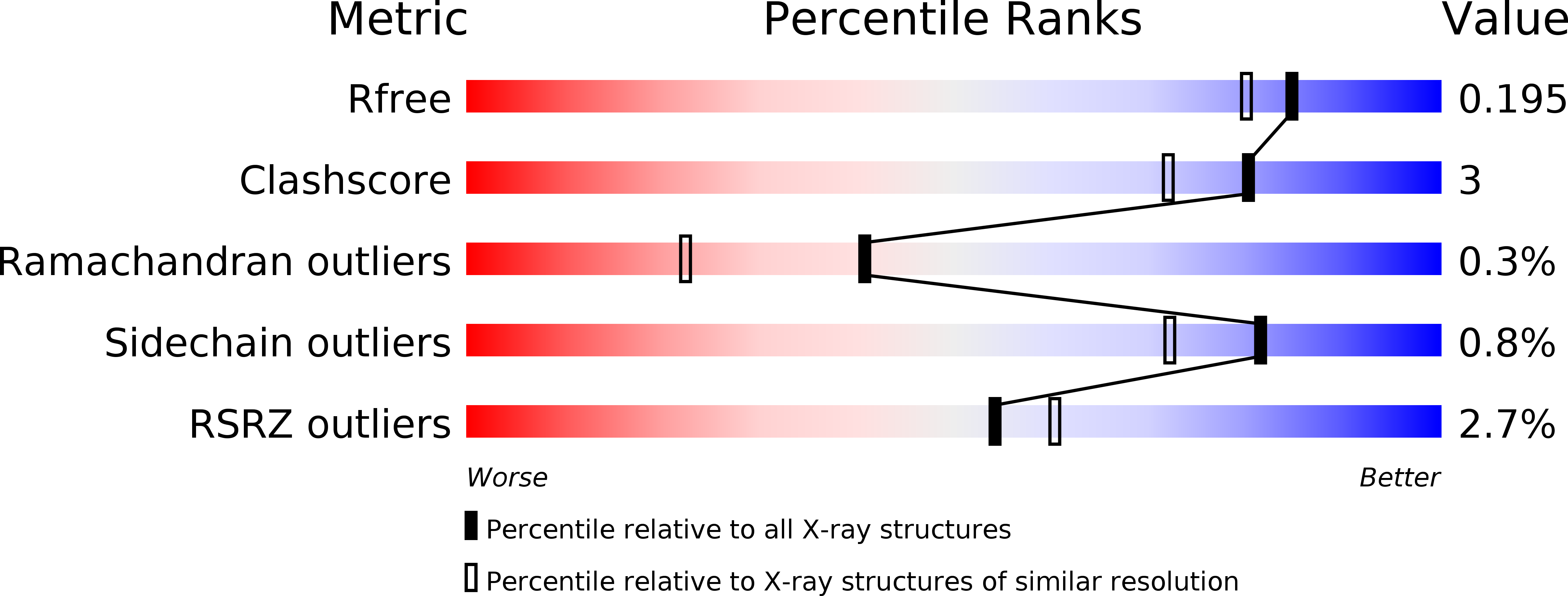
Deposition Date
2010-11-12
Release Date
2011-04-06
Last Version Date
2024-11-20
Entry Detail
PDB ID:
3PKU
Keywords:
Title:
Urate oxidase under 1 MPa / 10 bars pressure of nitrous oxide
Biological Source:
Source Organism:
Aspergillus flavus (Taxon ID: 5059)
Host Organism:
Method Details:
Experimental Method:
Resolution:
1.75 Å
R-Value Free:
0.19
R-Value Work:
0.16
R-Value Observed:
0.16
Space Group:
I 2 2 2


